Case Report: 11CA009
Paint maker dies from exposure to dichloromethane (methylene chloride) while cleaning a paint tank
Download a PDF to print this report:
Paint maker dies from exposure to dichloromethane (methylene chloride) while cleaning a paint tank (11CA009, PDF)
Summary
A paint maker died while cleaning the inside of a tank using a paint stripper that contained dichloromethane (methylene chloride). The victim was working by himself using a paint stripper to remove dried paint from the inside of a tank. The stripper contained methylene chloride, methanol, and mineral spirits. The tank was a permit-required confined space. The space was not adequately ventilated and the victim was not trained in confined space entry. There was no attendant at the tank opening to monitor the work process while the victim was in the tank. The victim was wearing a cartridge respirator that did not adequately protect against inhaling methylene chloride vapors. The victim was observed unresponsive at the bottom of the tank by a co-worker. The co-worker tried to rescue the victim and was overcome by vapors. The high concentration of methylene chloride in the product, the tank configuration, the inadequate ventilation, and the inadequate training and implementation of confined space procedures were contributing factors in this incident. The CA/FACE investigator determined that in order to prevent exposure to methylene chloride while cleaning paint tanks, employers should ensure that:
- Policies and procedures are developed and implemented to clean paint tanks more frequently with water-based materials before the paint is cured. If this is not possible, the cured paint should be stripped with abrasive removal methods.
- If toxic chemicals must be used inside a tank, employees must be provided with worker training in chemical hazard communication and confined space entry procedures.
Introduction
On Tuesday, November 15, 2011, at approximately 2:30 p.m., a 62-year-old Hispanic paint maker in a paint manufacturing company died from exposure to methylene chloride while cleaning a paint tank. The CA/FACE investigator received notification of this incident on November 16, 2011, from a news report received by the California Department of Public Health, Occupational Health Branch. Contact with the employer was made on November 17, 2011, and the preliminary investigation took place on Thursday, December 1, 2011. Co-workers of the victim and those involved with the rescue were interviewed. Pictures were taken of the incident scene and copies of the police and fire reports were obtained. The investigation continued on December 13, 2011, with interviews of the plant manager and environmental compliance manager of the paint manufacturer. Another interview was held on December 21, 2011, with the coworker who survived.
Employer
The employer of the victim was an independently owned and operated paint manufacturer who had been in business since 1956 and had 46 stores throughout California and Nevada. The incident occurred at the main facility which included the paint manufacturing area, a warehouse, and a store. The employer had 380 employees in total, and the manufacturing plant where the incident occurred had 68 employees.
Written Safety Programs and Training
The company had a written safety program and an Injury and Illness Prevention Program (IIPP) that was last updated in 2008. The IIPP contained eight elements including hazard assessment, hazard correction, and job training. The company had a written confined space program in which the tank involved in this incident was classified as a "permit-required confined space." The program included a 12-step procedure on how to perform work safely within a permit-required confined space.
The company had three separate documented safety training procedures for confined space entry which outlined the duties and responsibilities for an authorized entrant, authorized attendant, and authorized entry supervisor. The safety training was provided to employees in English and Spanish. There was also a written chemical hazard communication program and a hazard communication training program. Although the company stated they provided all the required training to their employees, there was no documentation to verify when this training took place or who received this training.
Worker Information
The victim was a 62-year-old Hispanic male who was born in Mexico and had lived in California for 29 years. He had received three years of formal education and spoke only Spanish. He had worked for the paint manufacturer for 10 years as a utility worker and was recently promoted to the position of paint maker. The survivor of the incident was a 45-year-old Hispanic male who was born in Mexico and had been in California for 20 years. He had a high school education and spoke both English and Spanish. He had worked eight years as a maintenance technician for the company.
Incident Scene
The location of the incident was a paint manufacturing plant. The manufacturing plant consisted of rows of paint tanks with associated plumbing, surrounded by elevated work platforms for employees to gain access to the top of the tanks. The tank involved in this incident measured seven feet wide by seven feet long and nine feet deep. The opening lid at the top of the tank measured two feet wide by seven feet long.
Product
The product involved in this incident was a semi-paste paint remover purchased by the company in one gallon containers (Exhibit 1). The intended use of this product included the removal of paint, adhesives, mastics, and contact cement from wood, concrete, metal, and masonry surfaces. The product contained a mixture of ingredients including methylene chloride, methanol, and Stoddard solvent. The Material Safety Data Sheet (MSDS) for this product listed the following ingredients and their concentration:
Ingredient
|
Concentration
|
| Methylene Chloride |
60 -100% |
| Methanol |
10 -30% |
| Stoddard Solvent |
1 – 5% |
The MSDS stated that this product could be fatal and should be used only with adequate ventilation to prevent the buildup of vapors.
Tank Cleaning Process
The paint tanks were cleaned about once a year, usually during the holidays when production slowed down. According to the surviving co-worker, the product containing methylene chloride had been used for several years to clean the paint tanks. The process to clean a paint tank usually took several weeks. The paint tanks were cleaned by two employees working together. After a paint tank was drained of its contents, the cleaning started at the top of the tank and then worked its way down. The two workers leaned over the top of the tank and scraped off the cured paint on the tank walls with paint scrapers, reaching down as far as they could, and allowing the paint scrapings to fall to the bottom of the tank. Then they inserted a ladder into the tank, climbed inside, and continued scraping the walls. When they came to an area where the scrapers could not remove the cured paint, they applied the paint stripper to that area with brushes, left the paint tank for about 10-30 minutes, and then came back and scraped the affected area. Usually, the mixture of cured paint and paint stripper fell to the floor of the tanks in clumps.
The end of a six-inch diameter flexible hose was placed four feet down into the tank to provide ventilation. The hose was connected to an air pump of unknown make and capacity in order to draw air from the tank and expel it into the general work area. There was no air testing or monitoring of the tank’s atmosphere. The workers wore half-mask respirators which were not adequate for use with methylene chloride (supplied-air required at a minimum).
Investigation
The victim and the surviving co-worker worked as a team to clean the tanks. They had been intermittently cleaning the paint tank involved in the incident for about two weeks. According to the surviving co-worker, he was given other duties on the day of the incident and was not assigned to work with the victim until those duties were complete. It is not known when the victim started working in the paint tank on the day of the incident. The survivor stated that the victim did not show up for a 12:30 p.m. break. The survivor went to the tank and saw the victim unresponsive at the bottom. The survivor did not have his radio available and climbed into the paint tank at approximately 1:15p.m. He removed the victim's half-mask respirator, checked his breathing, and then attempted to pick him up. As he was picking the victim up, the survivor felt dizzy and passed out.
Other co-workers stated they last saw the victim prior to the break at 12:30 p.m. A coworker stated he had glanced into the tank at 1:40 p.m., and thought the two men were 'relaxing' or napping on the job. At 2:00 p.m., this co-worker notified another employee who called a supervisor to the tank. The supervisor looked inside the tank and called out to the two workers without response. The supervisor then called the plant manager who climbed into the paint tank and discovered the workers were unconscious. He shouted to the supervisor to call 911. The supervisor instructed other co-workers to assist in the rescue and went to call for help. One co-worker entered and left the tank to retrieve respirators after noting a strong odor. Two other co-workers then entered the tank and assisted the plant manager in the removal of the victims. No respiratory protection was worn during the rescue. The two victims were placed on the platform deck and CPR was initiated.
The local fire department and paramedics arrived at 2:28 p.m. and immediately evacuated the building of all non-rescue personnel. The victims were transported to separate local hospitals. The victim was declared dead on arrival in the emergency room. The survivor was hospitalized for four days and discharged after his condition improved.
Contributing Factors
Occupational injuries and fatalities are often the result of one or more contributing factors or key events in a larger sequence of events that ultimately result in an injury or fatality. The CA/FACE team identified the following items as contributing factors in this incident that ultimately led to the fatality:
- High concentration of methylene chloride in the paint remover.
- Tank configuration.
- Inadequate ventilation.
- Use of inadequate respiratory protection.
- Inadequate training in and implementation of confined space procedures.
Cause of Death
The cause of death according to the death certificate was asphyxia due to inhalation of methylene chloride.
Recommendations
In order to prevent exposures to methylene chloride while cleaning paint tanks, employers should ensure that:
Recommendation #1: Policies and procedures are developed and implemented to clean paint tanks more frequently with water-based materials before the paint is cured. If this is not possible, the cured paint should be stripped with abrasive removal methods.
Discussion: In this incident, both workers were overcome by dangerous levels of solvent vapors inside the tank. Federal OSHA has found methylene chloride exposure to have caused 49 acute deaths nationwide since the mid-1980s, many from using this toxic chemical in poorly ventilated spaces. Methylene chloride is also considered by many regulatory agencies in the United States and Europe to cause cancer. In this incident, the employer should have established procedures to clean the tank more frequently with water-based materials before the paint was cured. As an immediate step to prevent future incidents among workers who clean paint tanks, all companies should have a worker safety program that includes safer paint removal methods such as:
- Use of abrasive removal methods such as orbital or belt sanders.
- Thermal methods such as an electric heat plate or heat gun.
- Use of less hazardous chemicals.
Methylene chloride-based paint strippers should be avoided whenever possible. If one or more of these alternative methods had been used to clean the tank at this company, the victim and surviving co-worker would not have been exposed to hazardous levels of methylene chloride.
Recommendation #2: If toxic chemicals must be used inside a tank, employees must be provided with worker training in chemical hazard communication and confined space entry procedures.
Discussion: In this incident, the victim was working inside a permit-required confined space with a hazardous product. The victim and surviving co-worker were probably not aware that the paint stripper contained methylene chloride which required the use of permit-required confined space procedures. All employers must provide information and training to their employees on the hazardous substances to which they may be exposed in their work area, by means of a hazard communication program. This training must be provided at the time of their initial assignment, and whenever a new hazard is introduced into their work area. Information and training shall consist of at least the following:
- Any operations in their work area where hazardous substances are present.
- The location and availability of the written hazard communication program, including the list(s) of hazardous substances and material safety data sheets.
- The methods and observations used to detect the presence or release of a hazardous substance in the work area.
- The physical and health hazards of the substances in the work area, and the measures they can take to protect themselves from these hazards, including specific procedures the employer has implemented to protect employees from exposure to hazardous substances, such as appropriate work practices, emergency procedures, and personal protective equipment to be used.
- An explanation of the labeling system and the material safety data sheet, and how employees can obtain and use the appropriate hazard information.
If employees must work inside a confined space such as a paint tank, the required confined space procedures should always be followed. Confined space procedures should always include the following:
- Air testing, monitoring, and documentation.
- Proper ventilation.
- Proper personal protective equipment.
- Communications protocols.
- Proper rescue and retrieval procedures.
- Training.
The employer had a hazard communication program but the product being used to strip the paint from the paint tank was not identified in their program. The employer also had written permit-required confined space procedures, but they were not implemented for this permit-required tank. Had the employer identified the product being used in the tank as a hazardous substance and if they had trained their employees and implemented their confined space procedures, this incident could have been prevented.
Exhibits
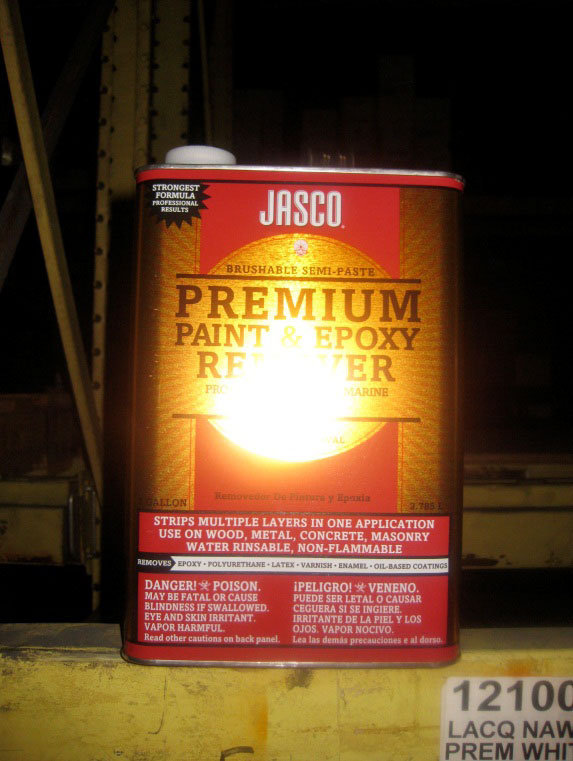
Exhibit 1. A container of the premium paint epoxy remover that was used in this incident.
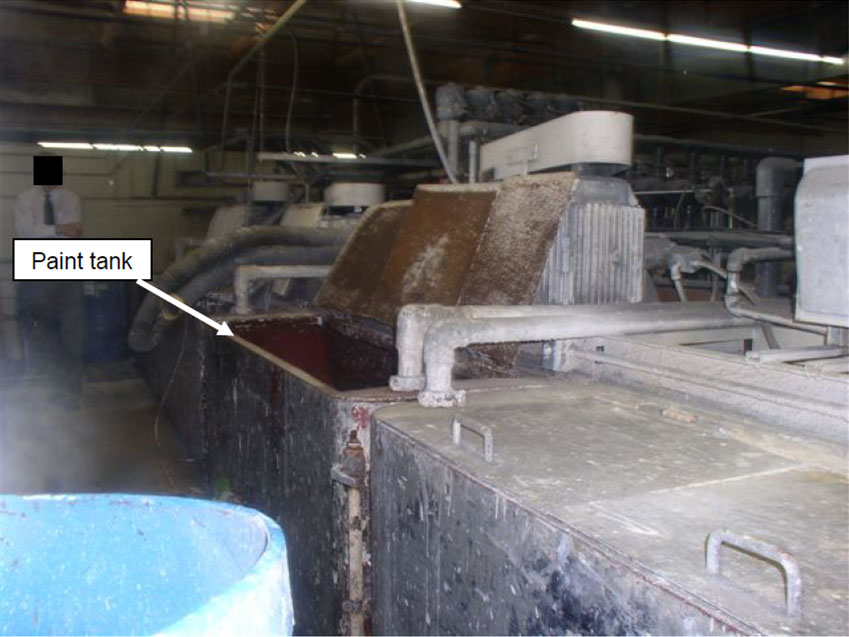
Exhibit 2. The paint tank the victim was cleaning.
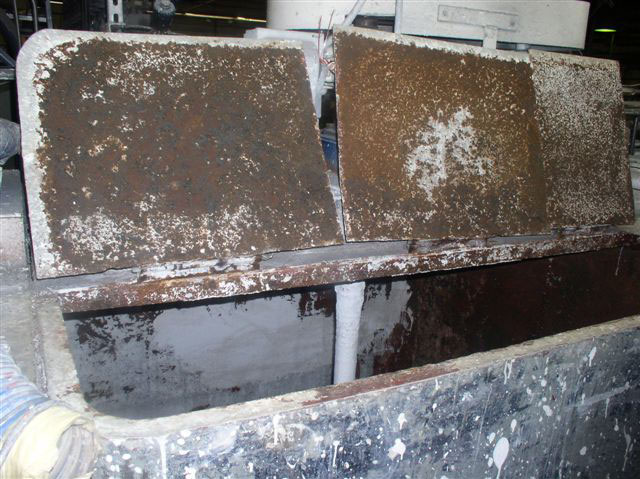
Exhibit 3. The paint tank opening.
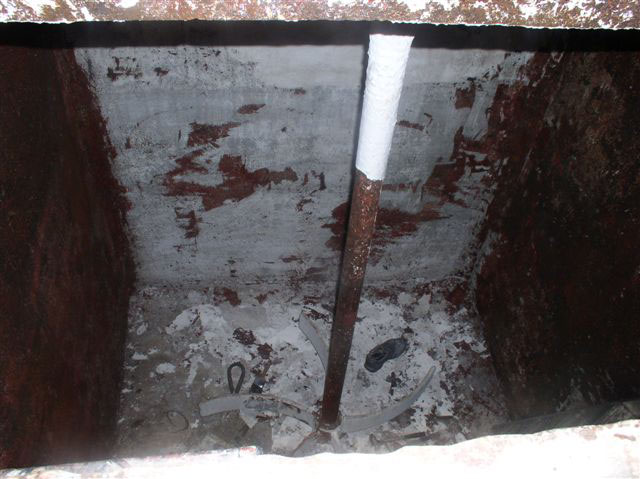
Exhibit 4. The interior of the paint tank.
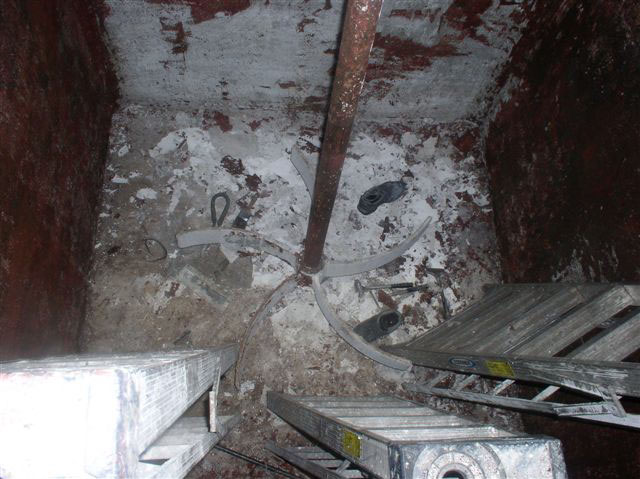
Exhibit 5. The ladders used to enter the tank.
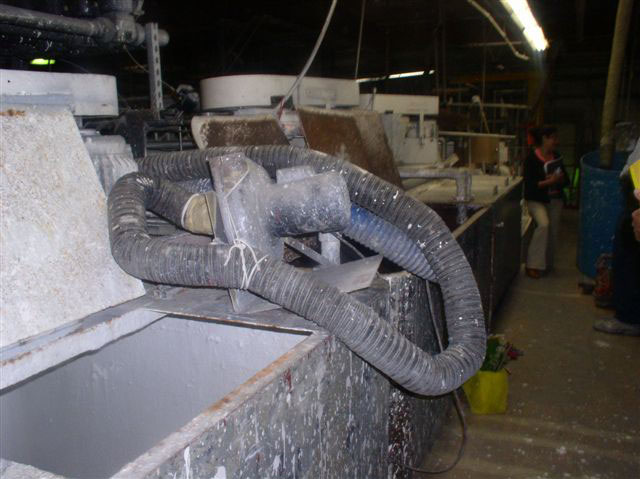
Exhibit 6. The air pump and hoses that were used toremove contaminated air from the tank.
References
California Code of Regulations - Subchapter 7. General Industry Safety Orders
Group 1. Introduction.
§3203. Injury and Illness Prevention Program.
Group 16. Control of Hazardous Substances.
Article 108. Confined Spaces.
§5156. Scope, Application and Definitions. §5157. Permit-Required Confined Spaces.
§5158. Other Confined Space Operations.
Article 109. Hazardous Substances and Processes.
§5194. Hazard Communication.
Article 110. Regulated Carcinogens.
§5202. Methylene chloride.
Workplace Safety and Health Topics: Methylene Chloride - Centers for Disease Control and Prevention (CDC) National Institute for Occupational Safety and Health (NIOSH) topic web page
Michigan Case Report 10MI013: Tub Refinisher Died Due to Methylene Chloride Overexposure While Stripping a Bathtub - NIOSH website
Safety and Health Topics: Methylene Chloride - OSHA topic web page
Authors
Hank Cierpich, FACE Investigator
Robert Harrison, MD, MPH, FACE Project Officer
Laura Styles, MPH, Research Scientist
October 22, 2012